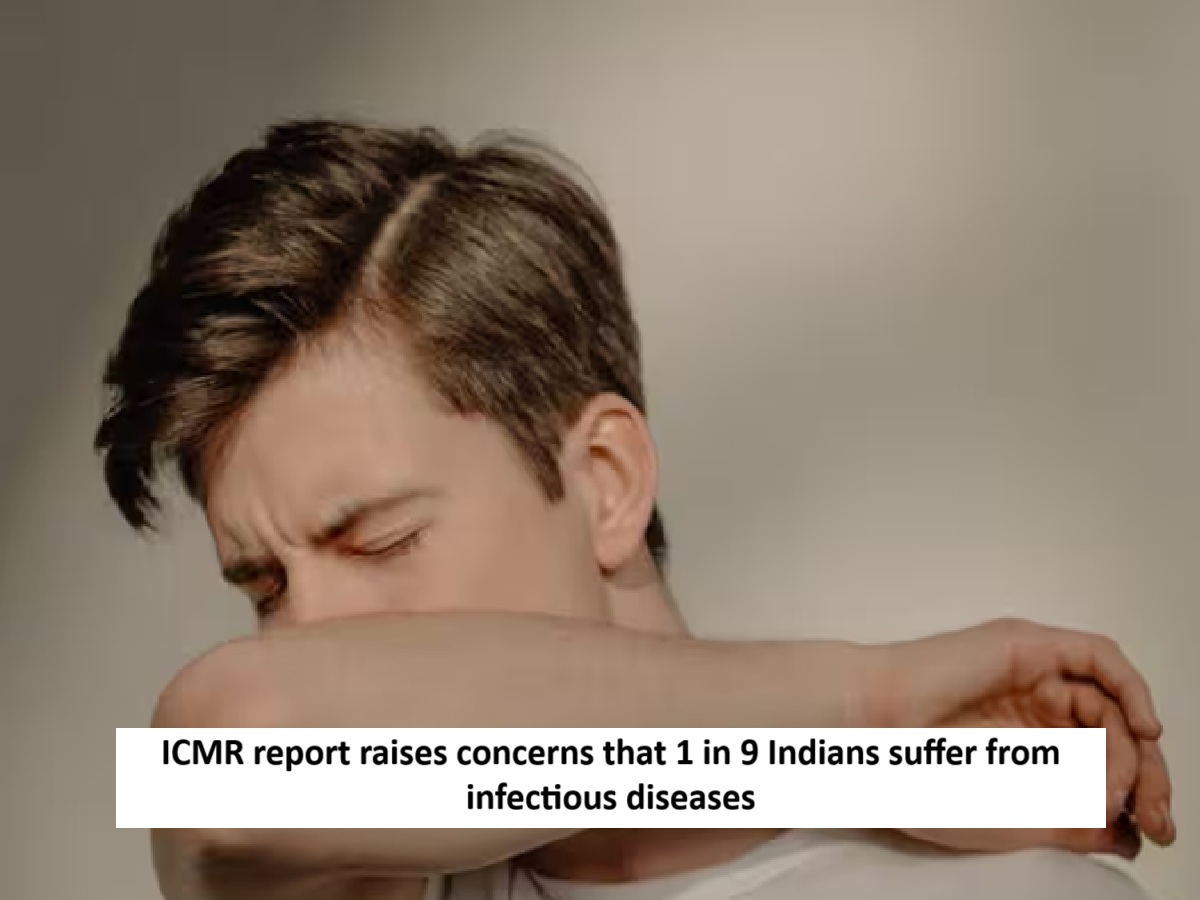
News Topical, Digital Desk : Amid growing hospital overcrowding and the rapid spread of diseases among people of all ages, a new ICMR report has raised concerns. The Indian Council of Medical Research's latest study claims that one in nine people tested in India has been found to have some type of infection. This data indicates that the risk of infection is steadily increasing in the country and this problem could become a major health challenge in the future. So, let us tell you today what the ICMR report reveals.
What did the report reveal?
The ICMR has released data from its Virus Research and Diagnostic Lab Network. According to this report, out of 228,856 samples collected between January and March 2025, 24,502 people, or 10.7 percent, were found infected. Meanwhile, out of 226,095 samples tested between April and June 2025, 26,055 people, or 11.5 percent, tested positive. This represents a 0.8 percent increase in the infection rate, indicating that the spread of diseases is accelerating and requires constant monitoring. The data clearly demonstrates that the spread of infections in the country is worsening, and vigilance is needed in both urban and rural areas.
Which infections are being reported most frequently?
According to the ICMR report, the most prevalent infectious diseases between April and June 2025 include influenza A, dengue, hepatitis, norovirus, and herpes simplex virus. A total of 191 disease groups were tested between April and June, and several infectious diseases, including mumps, measles, rubella, chikungunya, rotavirus, varicella zoster, Epstein-Barr virus, and astrovirus, were identified. Mumps, measles, rubella, hepatitis, dengue, chikungunya, influenza, leptospira, and sexually transmitted infections were also detected during 389 disease groups tested between January and March 2025. Furthermore, between 2014 and 2024, the VRDL network tested over 4 million samples, of which 18.8 percent were found to be infected.
Why are experts worried?
ICMR's VRDL network is considered the country's early warning system. Senior ICMR scientists say that while this increase in infection rates may appear small, it is a warning of emerging diseases. Continued quarterly monitoring can help prevent future epidemics in time. According to ICMR data, infectious diseases are spreading rapidly in the country, and the infection rate is also increasing. Regarding this, ICMR states that the infection in 1 in 9 Indians indicates that the country needs to work more seriously on cleanliness, vaccination, better health facilities, and prompt treatment.
Read More: Want to get rid of a sagging belly? Pyramid walking is the easiest way, read its benefits.
--Advertisement--

 Share
Share



